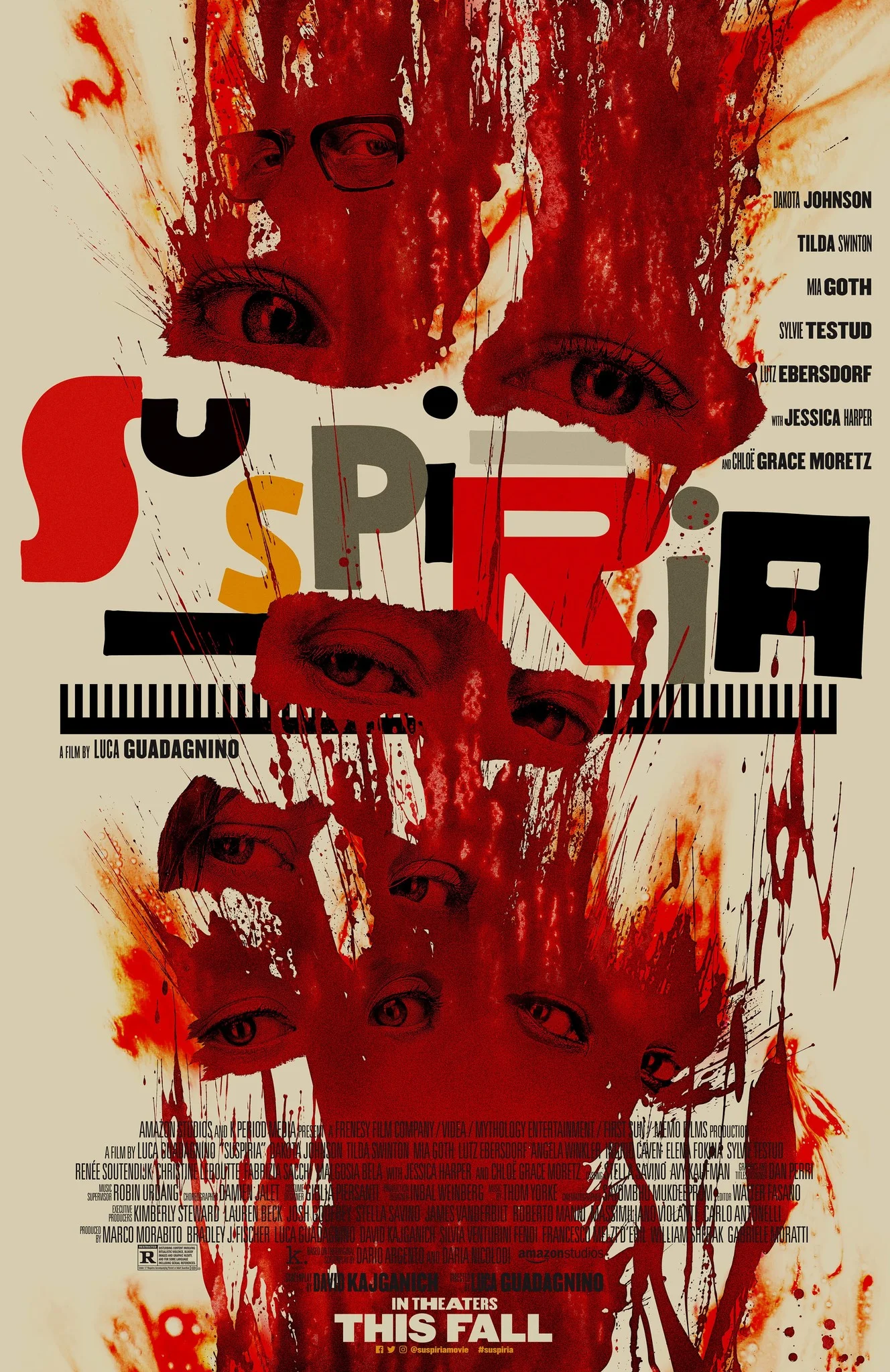Looking back on Channel Zero: No-End House
I think it was when a simulacrum of a man rips the arm of the simulacrum of his wife and begins eating the gooey pomegranate seed-like pods inside her that I thought, what the fuck am I watching? And immediately started the third episode.
Margot’s (Amy Forsyth) life was thrown upside down a year ago, when her father died from an allergic reaction to medicine. She holds her self somewhat responsible, because she was supposed to be home at 10:00 PM and stayed out late. Her best friend Jules (Aisha Dee) has just returned from college and there’s obvious tension between the two. But they go out that night and hang with J.D. (Seamus Patterson) and a new person named Seth (Jeff Ward), who Margot has an immediate attraction with (and who can blame her? He’s wolfishly handsome).
Meanwhile, they've all been getting mysterious messages and viral advertising for something called The No-End House, an urban legend of a haunted house with six rooms, where each room gets progressively scarier. Obviously, they decide to check it out and discover a place that’s not quite as it seems. As Margot goes from room to room, it’s almost as if the house is reading her deepest, darkest fears about her father and using it against her.
After Room 5, she escapes the house and finds Jules, similarly shell-shocked at what she experienced. But when Margot gets home, she’s in for another surprise. Her father is at the kitchen counter, whistling while making breakfast. And that’s just the tip of the hallucinogenic iceberg.
More than most shows on television, the theme and style of Channel Zero hinges on the director of the season. And this season was helmed by Steven Piet. Piet came from his first feature, Uncle John, that received similar praise for being exquisitely paced and mysterious; tantalizing and keeping the audiences on their toes. He brings that skill to this very surreal story with aplomb.
What I didn’t expect going into this was a melancholy and moving depiction of grief and how hard it is to let go of the past. Margot is haunted by her father’s death and the reasons behind it. She blames herself, but the truth is a lot more complicated. Her need for resolution that something that is virtually unknowable creates such perfect dramatic tension that it grounds in reality what could be simply six episodes of nightmare logic.
But Margot isn’t alone in her loss. Jules wasn’t there for her in her time of need and that pulls on both of them deeply. In fact, I would say that Jules has that biggest dramatic character growth of the protagonists, as she learns from her mistakes and tries to make amends. And then there’s the enigmatic Seth, who might be more than he appears. His sad backstory about moving from foster family to foster family, hoping the next one would be good infects his own worldview. Each of the characters are fueled by their pasts and that becomes the crux the story balances on. Strip away the pomegranate blob eating and bizarre egg-tumor, and you have a drama about people trying to reconcile their pasts.
It’s also frankly terrifying. The showrunners crank up the freak factor to another level. Even though it doesn’t have an iconic monstrous figure like the Tooth Child In Candle Cove, the surreal images and the implications are truly scary and honestly lingered with me for days.
Truthfully, I didn’t really care for the first season, Candle Cove. It had its moments and freaky aspects, but overall it just felt like it was more enamored in its own weirdness than telling a compelling story. But No-End House grabbed me from the beginning and wouldn’t let go. This is premiere storytelling and probably the best horror show I’ve seen on Television.





![[Review] Creepshow S1E1: "Gray Matter" and "The House of the Head"](https://images.squarespace-cdn.com/content/v1/5b39608d75f9eef54c62c3f0/1569454144188-HMSF1WWKLTUDIKJLHOAJ/creepshow-poster.png)
![[TV Review with Joe Lipsett] JU-ON: Origins is Dark and Twisted in the First Half](https://images.squarespace-cdn.com/content/v1/5b39608d75f9eef54c62c3f0/1593392010405-EZCZ177PVOSAO65U67KI/%E3%80%905%E6%9C%8812%E6%97%A5%28%E7%81%AB%29AM8%E6%99%82%E8%A7%A3%E7%A6%81%E3%80%91%E3%80%8E%E5%91%AA%E6%80%A8%EF%BC%9A%E5%91%AA%E3%81%84%E3%81%AE%E5%AE%B6%E3%80%8F%E5%A0%B4%E9%9D%A2%E5%86%99%E7%9C%9F%E2%91%A6.jpg)
![[Silo Review w/ Joe Lipsett] "The Safeguard" is the Best Episode in the Back Half](https://images.squarespace-cdn.com/content/v1/5b39608d75f9eef54c62c3f0/1736527415647-NBRU486GOCSXIC9H2G6D/Silo_Photo_020908.jpg)